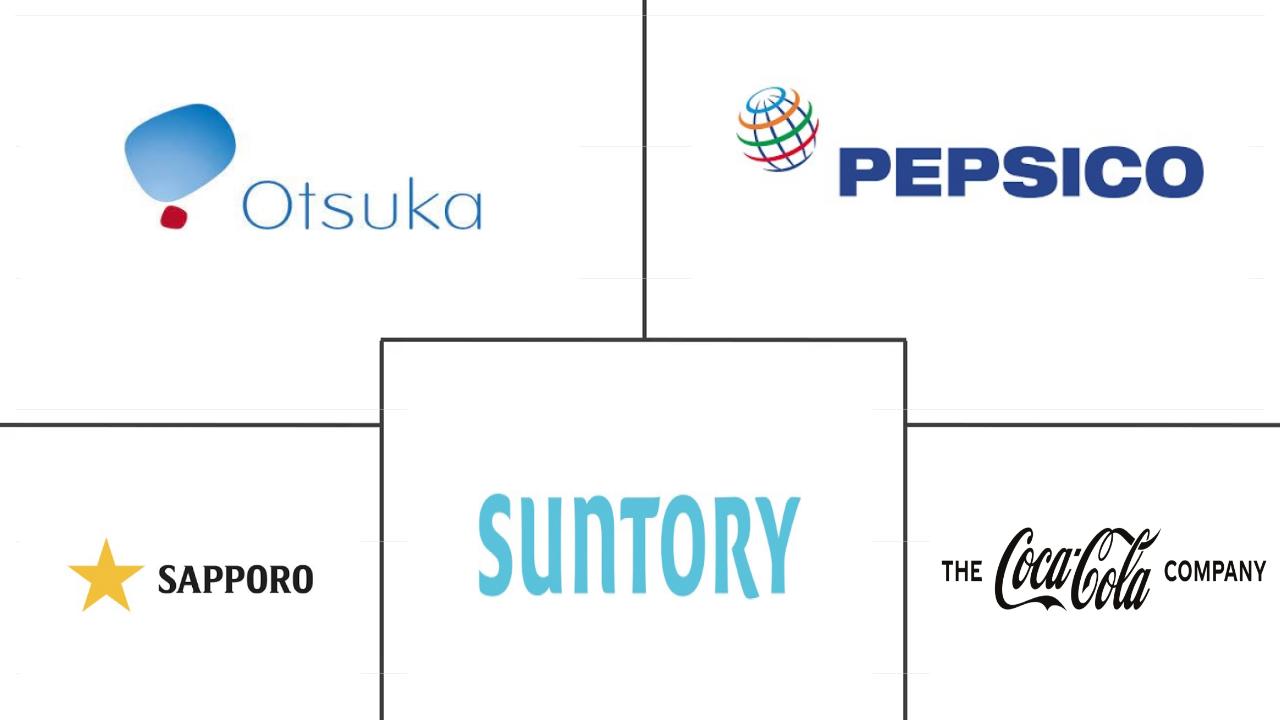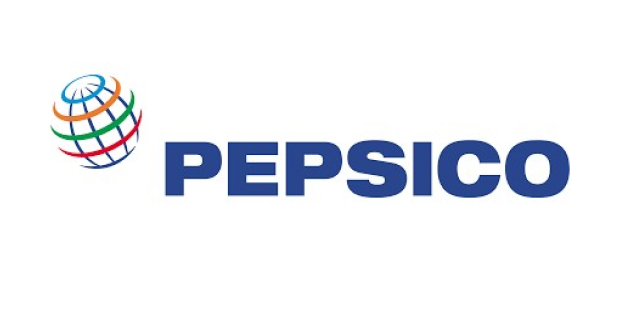Market Size of middle east sports drinks Industry
|
|
Study Period | 2018 - 2030 |
|
|
Market Size (2024) | USD 67.66 Million |
|
|
Market Size (2030) | USD 88.38 Million |
|
|
Largest Share by Soft Drink Type | Isotonic |
|
|
CAGR (2024 - 2030) | 4.55 % |
|
|
Largest Share by Country | United Arab Emirates |
Major Players |
||

|
||
|
*Disclaimer: Major Players sorted in no particular order |
Middle East Sports Drinks Market Analysis
The Middle East Sports Drinks Market size is estimated at 67.66 million USD in 2024, and is expected to reach 88.38 million USD by 2030, growing at a CAGR of 4.55% during the forecast period (2024-2030).
67.66 Million
Market Size in 2024 (USD)
88.38 Million
Market Size in 2030 (USD)
3.69 %
CAGR (2018-2023)
4.55 %
CAGR (2024-2030)
Largest Segment by Soft Drink Type
56.95 %
value share, Isotonic, 2023
isotonic sports drinks, remain the most preferred choice for most athletes, valued for their rightly balanced fluid electrolytes, is aiding in the segment's largest share.
Fastest-growing segment by Soft Drink Type
7.27 %
Projected CAGR, Hypertonic, 2024-2030
The rising demand for higher concentrations of electrolytes drinks among consumers engaged in high-intensity workouts (HIIT) is the main driver of hypertonic sports drinks.
Leading Market Player
61.06 %
market share, PepsiCo, Inc., Inc.

An extensive range of sports drinks variants and company's main focus on functional profiles based on consumer preferences support PepsiCo, Inc. in the market studied.
Largest Segment by Country
21.46 %
value share, United Arab Emirates, 2023
There has been significant growth in sports and athletics in the United Arab Emirates, resulting in a demand for sports drinks with balanced electrolyte composition over the study period.
Fastest-growing segment by Country
5.80 %
Projected CAGR, Saudi Arabia, 2024-2030
The rising young consumer and athletes engagement in recreational sports and fitness training programs backed by governement initiatives is observed to stimulate market growth.
Hypertonic sports drinks gain prominence as consumers indulge in intense physical activities
- The sports drinks sector has experienced consistent growth, recording a CAGR of 3.69% from 2018 to 2023. This growth can be attributed to an increasing awareness of sports and physical activity among the population. In 2022, nearly 48.2% of the population engaged in physical activity for at least 30 minutes per week, marking a 3.2% rise from 2019. In Saudi Arabia, 54.8% of males and 38.3% of females participated in sports and exercise on a weekly basis in 2022.
- In 2023, isotonic drinks emerged as the most widely consumed sports drink type. These drinks are favored for their ability to swiftly replenish electrolytes and fluids, making them crucial for athletes seeking rapid rehydration. Notably, Gatorade, Powerade, and Body Armor dominate the isotonic sports drink market in the Middle East. Given the rising consumer preference for isotonic drinks, this segment is projected to witness a sales value growth of 7.25% between 2025 and 2027.
- Hypertonic sports drinks are currently the fastest-growing segment and are expected to register a CAGR of 7.22% during 2024-2030. These drinks are especially popular among athletes engaged in high-intensity workouts, as they help sustain performance during prolonged exercise. Hypertonic drinks not only supplement daily carbohydrate intake but also offer a significant energy boost due to their high carbohydrate content. To illustrate, Dubai hosts over 500 competitive sports events, spanning netball, football, basketball, volleyball, and athletics. This surge in sporting activities is expected to further propel the hypertonic drinks segment in the coming years.
The market is driven by increasing consumer demand for healthier and more natural alternatives and increasing product launches in the region
- The sports drink market witnessed a volume CAGR of 2.28% from 2018 to 2023. This growth can be attributed to the rising sports culture in the region, bolstered by notable events like the 2022 Qatar FIFA World Cup, Formula 1 Grand Prix, and Mubadala World Tennis Championship. Additionally, a surge in consumer interest in sports and fitness, driven by a desire for healthier lifestyles, is fueling the demand for sports nutrition, including sports drinks. As consumers increasingly seek healthier options, the market is poised to present opportunities for low-calorie and zero-sugar sports drinks in the coming years.
- The United Arab Emirates (UAE) is the leader in terms of sports drink consumption. It is projected to record a value CAGR of 1.81% from 2024 to 2030, coinciding with the country's growing role as a host for international sports events, spanning boat racing, golf, tennis, rugby, and jujitsu. The availability of diverse sports drink brands in various pack sizes, catering to different price points, is a key driver of market growth in the UAE. Notably, Pocari, Gatorade, Active O2, and Pokka dominate the sports drink landscape. Pocari offers pack sizes of 500 ml, 350 ml, and 330 ml, while Pokka's options range from 300 ml to 500 ml, priced at USD 1.15 and USD 1.95, respectively.
- Saudi Arabia is the second-largest market for sports drinks, buoyed by a surge in consumer engagement in sports. In 2022, nearly 48% of the population engaged in physical and sporting activities for at least 30 minutes per week. Football and basketball are popular sports in the country, with more than 100 sports clubs playing professional football as of 2023.
Middle East Sports Drinks Industry Segmentation
Electrolyte-Enhanced Water, Hypertonic, Hypotonic, Isotonic, Protein-based Sport Drinks are covered as segments by Soft Drink Type. Aseptic packages, Metal Can, PET Bottles are covered as segments by Packaging Type. Convenience Stores, Online Retail, Specialty Stores, Supermarket/Hypermarket, Others are covered as segments by Sub Distribution Channel. Qatar, Saudi Arabia, United Arab Emirates are covered as segments by Country.
- The sports drinks sector has experienced consistent growth, recording a CAGR of 3.69% from 2018 to 2023. This growth can be attributed to an increasing awareness of sports and physical activity among the population. In 2022, nearly 48.2% of the population engaged in physical activity for at least 30 minutes per week, marking a 3.2% rise from 2019. In Saudi Arabia, 54.8% of males and 38.3% of females participated in sports and exercise on a weekly basis in 2022.
- In 2023, isotonic drinks emerged as the most widely consumed sports drink type. These drinks are favored for their ability to swiftly replenish electrolytes and fluids, making them crucial for athletes seeking rapid rehydration. Notably, Gatorade, Powerade, and Body Armor dominate the isotonic sports drink market in the Middle East. Given the rising consumer preference for isotonic drinks, this segment is projected to witness a sales value growth of 7.25% between 2025 and 2027.
- Hypertonic sports drinks are currently the fastest-growing segment and are expected to register a CAGR of 7.22% during 2024-2030. These drinks are especially popular among athletes engaged in high-intensity workouts, as they help sustain performance during prolonged exercise. Hypertonic drinks not only supplement daily carbohydrate intake but also offer a significant energy boost due to their high carbohydrate content. To illustrate, Dubai hosts over 500 competitive sports events, spanning netball, football, basketball, volleyball, and athletics. This surge in sporting activities is expected to further propel the hypertonic drinks segment in the coming years.
| Soft Drink Type | |
| Electrolyte-Enhanced Water | |
| Hypertonic | |
| Hypotonic | |
| Isotonic | |
| Protein-based Sport Drinks |
| Packaging Type | |
| Aseptic packages | |
| Metal Can | |
| PET Bottles |
| Sub Distribution Channel | |
| Convenience Stores | |
| Online Retail | |
| Specialty Stores | |
| Supermarket/Hypermarket | |
| Others |
| Country | |
| Qatar | |
| Saudi Arabia | |
| United Arab Emirates | |
| Rest of Middle East |
Middle East Sports Drinks Market Size Summary
The Middle East sports drinks market is experiencing steady growth, driven by an increasing awareness of sports and physical activity among the population. This trend is reflected in the rising participation rates in sports and exercise, particularly in countries like Saudi Arabia and the United Arab Emirates. The market is characterized by a strong preference for isotonic drinks, which are favored for their rapid rehydration capabilities, making them essential for athletes. Brands such as Gatorade, Powerade, and Body Armor dominate this segment. Additionally, hypertonic drinks are gaining popularity, especially among athletes engaged in high-intensity workouts, due to their ability to sustain performance and provide significant energy boosts. The growing sports culture in the region, supported by major events like the FIFA World Cup and Formula 1 Grand Prix, is further propelling the demand for sports drinks.
The United Arab Emirates leads in sports drink consumption, supported by its role as a host for international sports events and the availability of diverse brands catering to various price points. Saudi Arabia follows as the second-largest market, with a notable increase in consumer engagement in sports and a heightened awareness of hydration benefits. The market is fairly consolidated, with major players like Otsuka Holdings, PepsiCo, Sapporo Holdings, Suntory Holdings, and The Coca-Cola Company holding significant shares. Consumer preferences are shifting towards healthier options, including low-calorie and zero-sugar drinks, as well as sustainable packaging solutions. The market's growth is also influenced by economic factors, with consumers increasingly seeking cost-effective options. Recent partnerships and product launches, such as Pepsi Gatorade's collaboration with Saudi Arabian soccer and iPRO's introduction of sports drinks in UAE stores, highlight the dynamic nature of the market.
Middle East Sports Drinks Market Size - Table of Contents
-
1. MARKET SEGMENTATION (includes market size in Value in USD and Volume, Forecasts up to 2030 and analysis of growth prospects)
-
1.1 Soft Drink Type
-
1.1.1 Electrolyte-Enhanced Water
-
1.1.2 Hypertonic
-
1.1.3 Hypotonic
-
1.1.4 Isotonic
-
1.1.5 Protein-based Sport Drinks
-
-
1.2 Packaging Type
-
1.2.1 Aseptic packages
-
1.2.2 Metal Can
-
1.2.3 PET Bottles
-
-
1.3 Sub Distribution Channel
-
1.3.1 Convenience Stores
-
1.3.2 Online Retail
-
1.3.3 Specialty Stores
-
1.3.4 Supermarket/Hypermarket
-
1.3.5 Others
-
-
1.4 Country
-
1.4.1 Qatar
-
1.4.2 Saudi Arabia
-
1.4.3 United Arab Emirates
-
1.4.4 Rest of Middle East
-
-
Middle East Sports Drinks Market Size FAQs
How big is the Middle East Sports Drinks Market?
The Middle East Sports Drinks Market size is expected to reach USD 67.66 million in 2024 and grow at a CAGR of 4.55% to reach USD 88.38 million by 2030.
What is the current Middle East Sports Drinks Market size?
In 2024, the Middle East Sports Drinks Market size is expected to reach USD 67.66 million.

